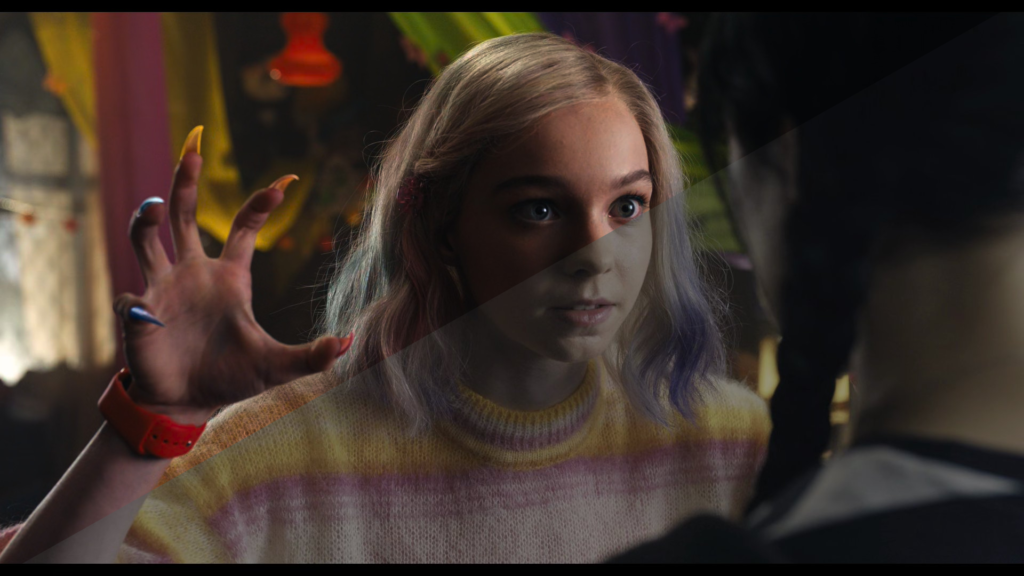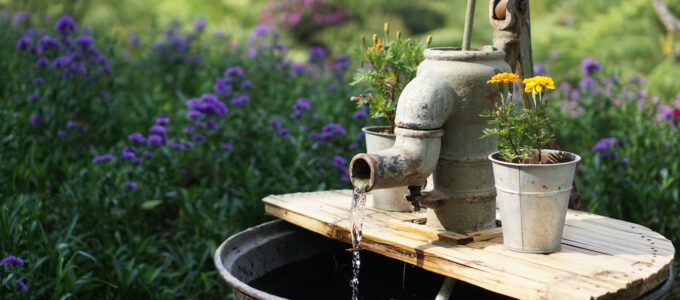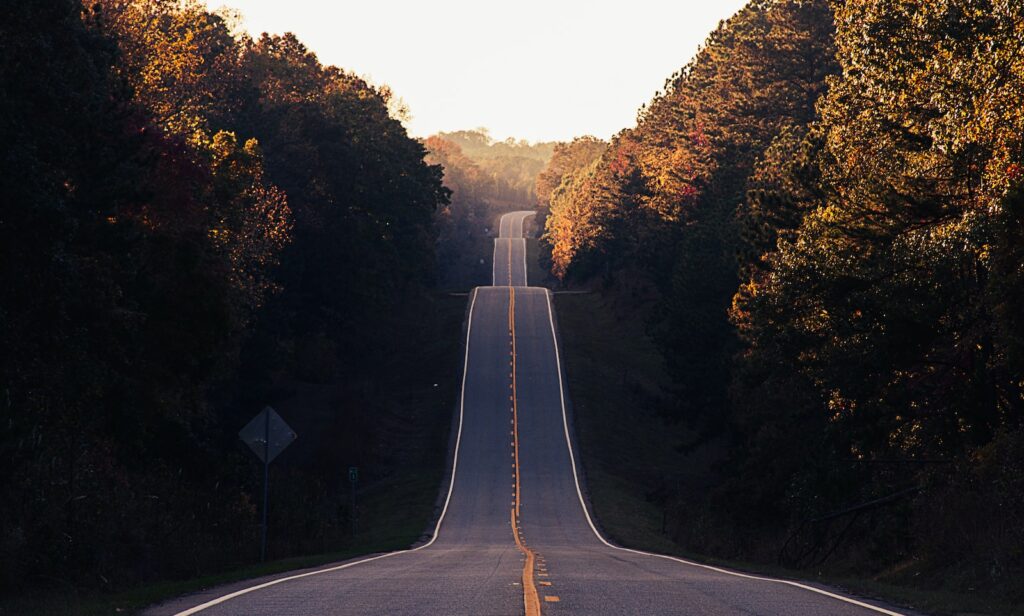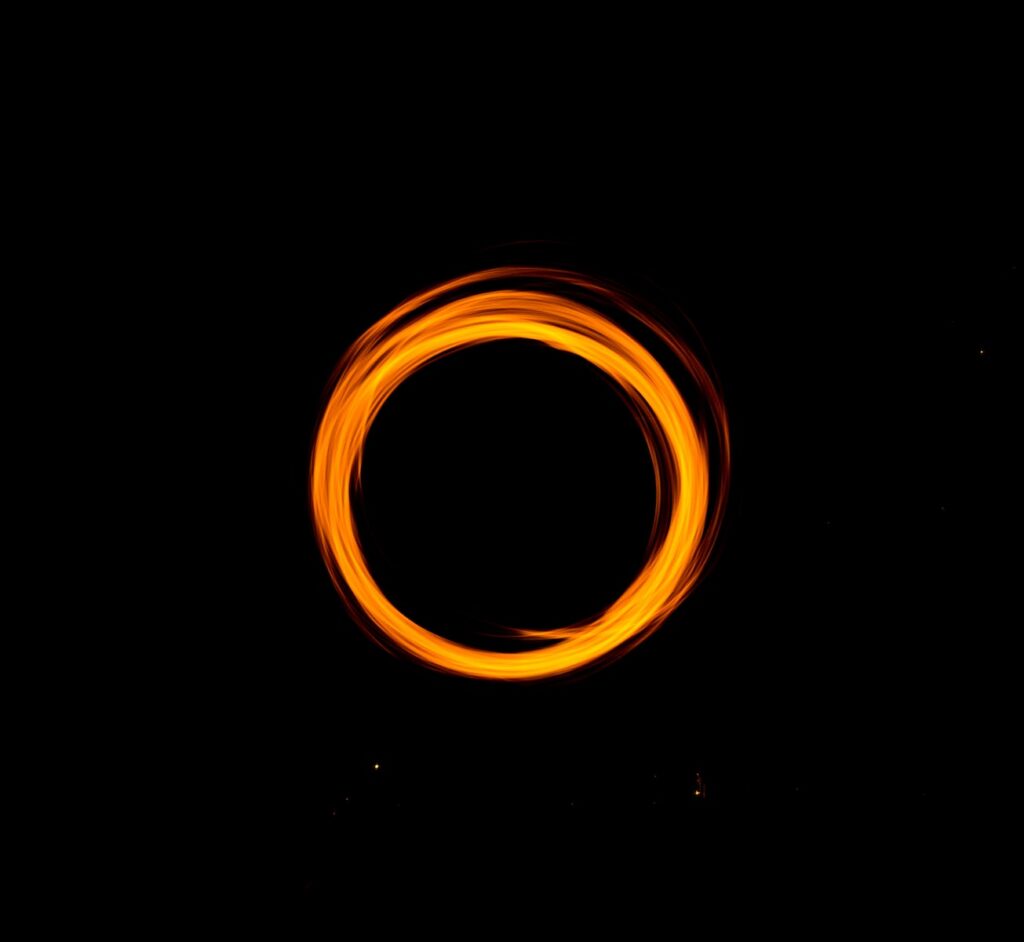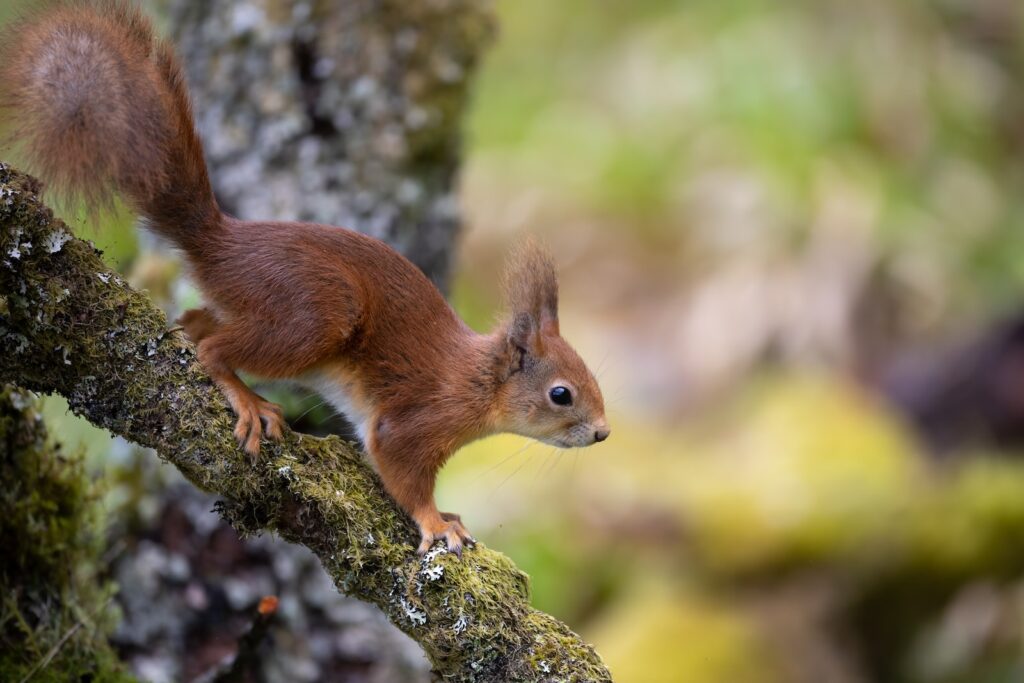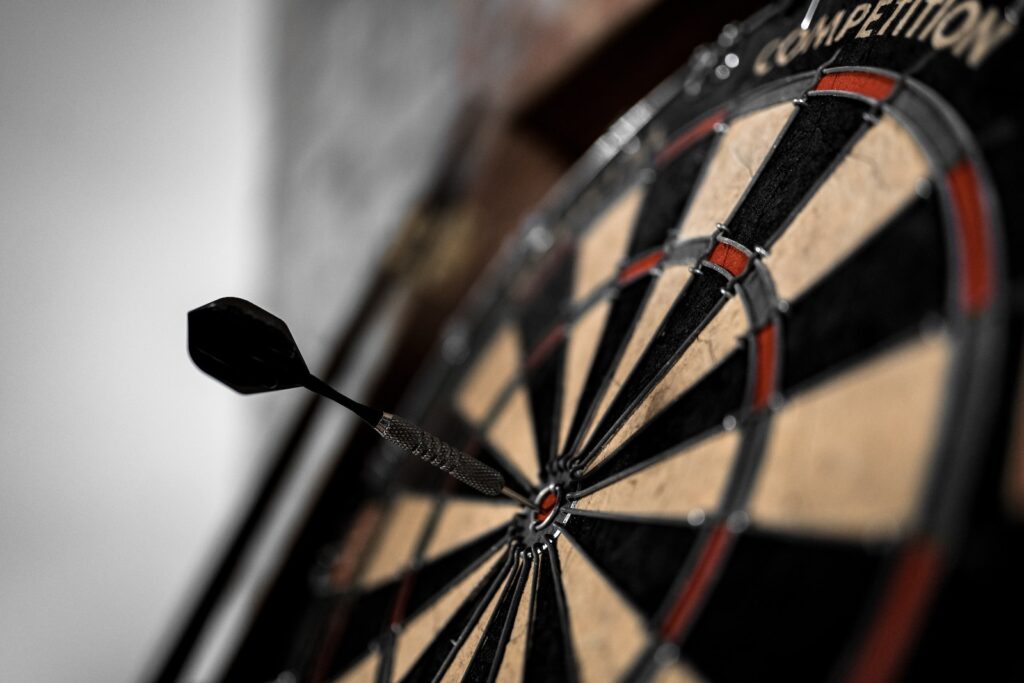I first saw Redis sorted sets in action reading Mastodon’s source code. Sorted sets are used to store feeds (ignore that ZREVRANGEBYSCORE is deprecated). In a use-case such as Mastodon feeds (timelines), sorted sets come handy because you can “just” add new elements and Redis will take care of the sorting.


